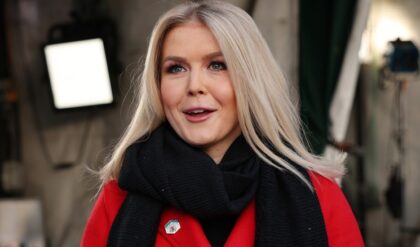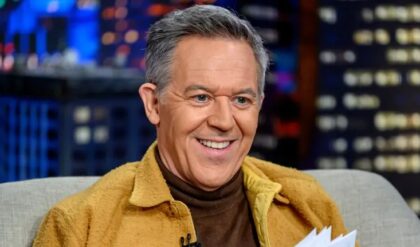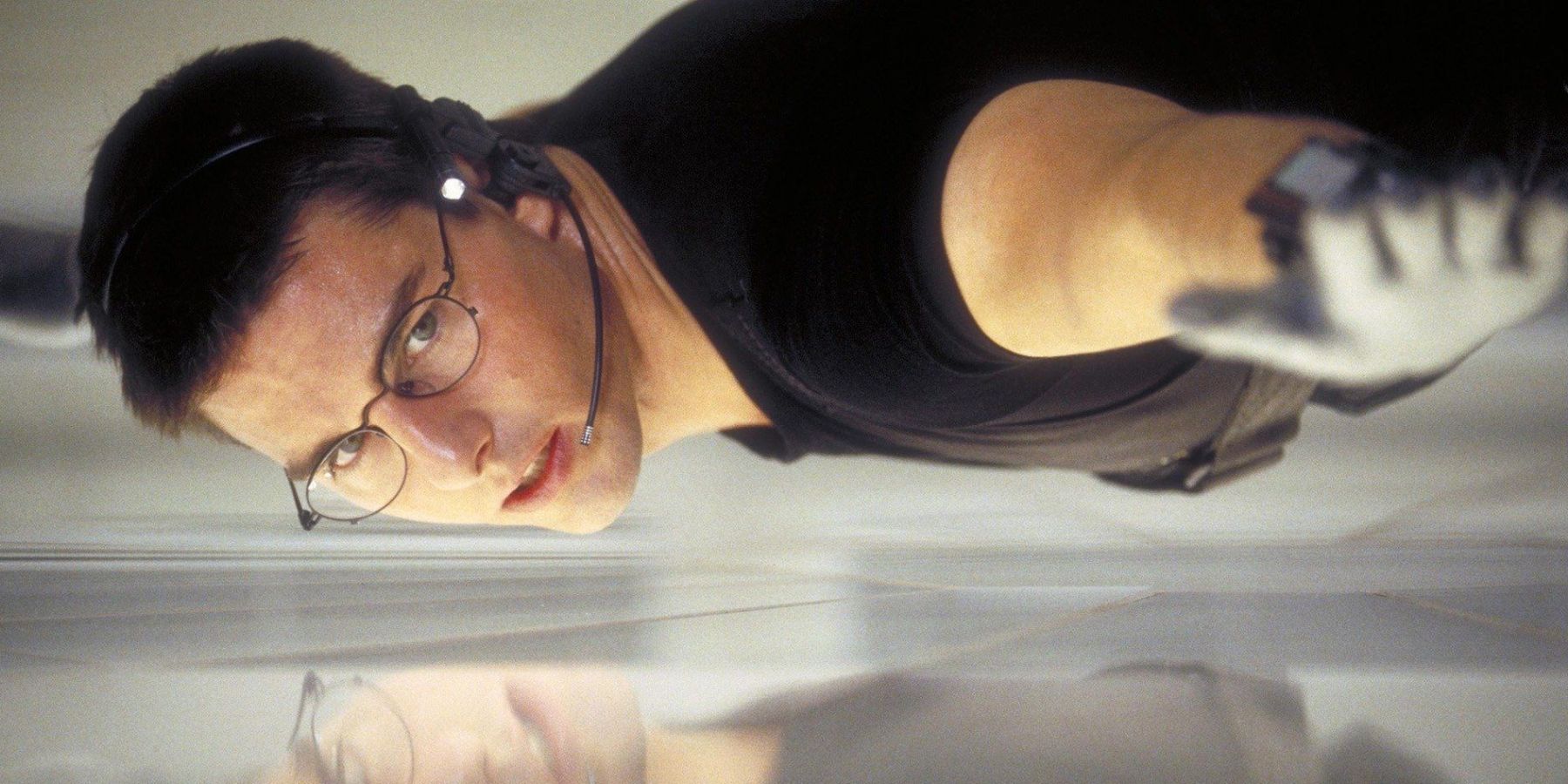
Although it spawned one of the most successful movie franchises in history, the first Mission: Impossible isn’t without its problems. It’s often been said that the Mission: Impossible franchise has improved with each movie. While this isn’t strictly true, it’s certainly the case that the latest entries into the franchise have made the first three movies seem a little less impressive than they once were. Mission: Impossible 8 could be the franchise’s best yet if it continues this trend.
The first Mission: Impossible movie, directed by Brian De Palma, follows Ethan Hunt as he tries to expose a mole within IMF and clear his name. It’s a cunning spy thriller, full of shifting loyalties and globe-trotting adventure, but it’s hardly revolutionary. 28 years later, it’s easy to see why Mission: Impossible never received the same critical acclaim as some of the franchise’s more recent efforts.
10The First Mission: Impossible Is Relatively Light On Action
The Franchise Gets Bigger & Better As It Progresses
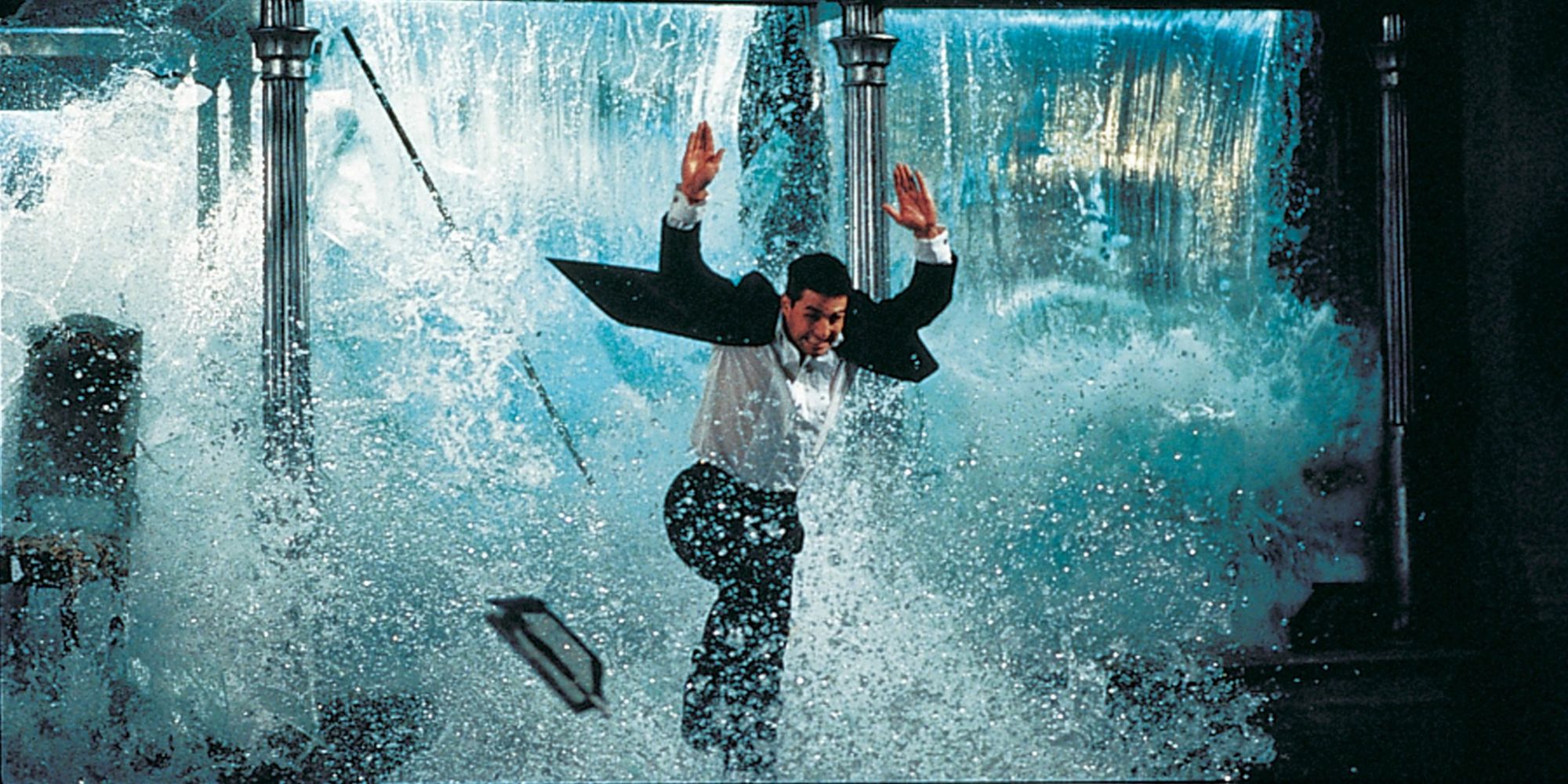
As the franchise has progressed, Mission: Impossible‘s stunts have gotten bigger and bigger, with Tom Cruise pushing the limit with each new movie. This trend means that the original Mission: Impossible looks relatively quaint by comparison. This isn’t necessarily a negative, but fans of the franchise who expect death-defying stunts may be a little disappointed looking back at where it all began.
This isn’t necessarily a negative, but fans of the franchise who expect death-defying stunts may be a little disappointed looking back at where it all began.
The outstanding action sequence in Mission: Impossible is the helicopter sequence at the end. Other than that, the action is confined to short, sharp bursts, like when Ethan blows up an enormous aquarium in a restaurant to make his getaway. There are no real fights or chase scenes for most of the movie. Mission: Impossible prefers to draw most of its dramatic energy from the constantly shifting game of cat-and-mouse Ethan plays with Langley.
9Ethan’s Disguise Is Laughably Bad
The Franchise’s Rubber Masks Don’t Always Work
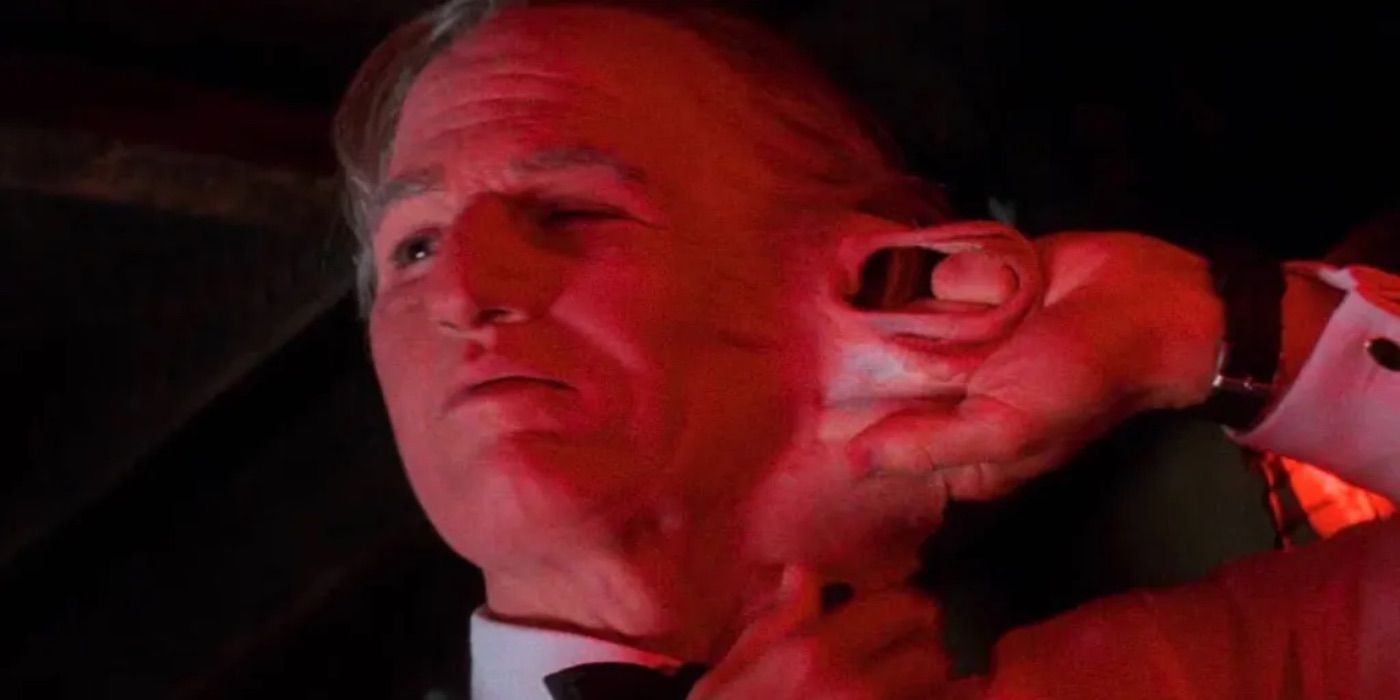
Mission: Impossible‘s mask reveals have become a beloved franchise tradition, starting with the cold open of the first movie. Before the credits sequence, Ethan leads an IMF team interrogating a target while disguised as a Russian agent. This is an example of a great mask reveal, but Ethan’s second is much worse. While attending a prestigious gala event, Ethan wears a disguise that looks rubbery and unconvincing.
It’s obvious that Ethan is just a man in a mask, but the guests at the gala treat him as if it doesn’t look like his face may fall off at any moment.
It’s obvious that Ethan is just a man in a mask, but the guests at the gala treat him as if it doesn’t look like his face may fall off at any moment. None of his facial movements are convincing at all, and this scene threatens the suspension of disbelief for the movie. Fortunately, this isn’t a major plot point, so Ethan’s mask can be quickly forgotten about. The third and final mask reveal in the movie makes it look far worse, since Ethan’s disguise as Phelps uses Jon Voight, rather than Tom Cruise wearing a Jon Voight mask.
8It’s Hard To Get A Sense Of The Characters
Too Many Of Mission: Impossible’s Characters Are Cloaked In Secrecy
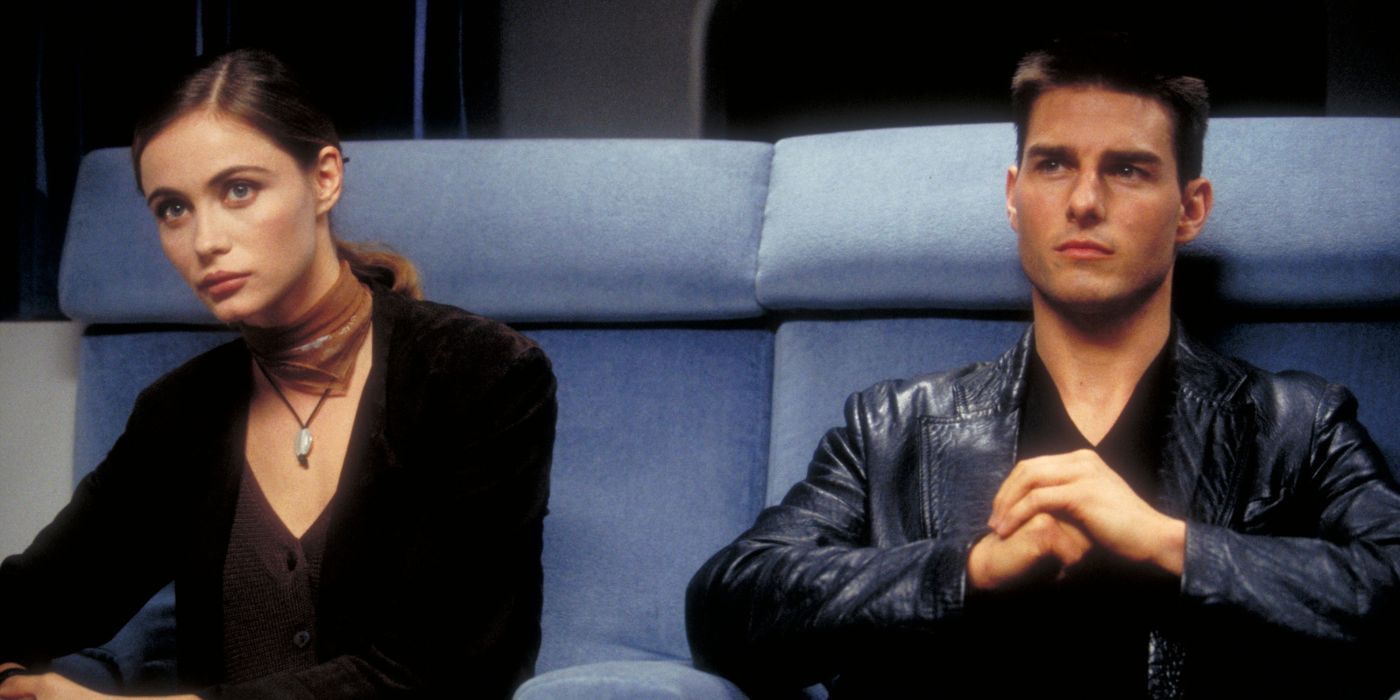
The best spy thrillers need exciting personal stakes, otherwise the action and the intrigue can fall flat. Mission: Impossible has a few moments of strong character development, but there still isn’t enough to fully grasp the personalities and relationships in play. The constant twists would have much more of an impact if the characters were established better. Instead, there is limited payoff when a new character is revealed to be either secretly alive or secretly a traitor, since it’s hard to tell what they mean to Ethan.
Mission: Impossible has a few moments of strong character development, but there still isn’t enough to fully grasp the personalities and relationships in play.
Even Ethan isn’t particularly well-developed. He cares for his parents and his team, so he’s clearly loyal, but Mission: Impossible doesn’t reveal much else about him. Part of the issue is that his only motivations throughout Mission: Impossible are to survive and clear his name. There are no real personal stakes to propel him from one decision to the next, and such universal motives don’t provide any insight into his values.
7Some Of Mission: Impossible’s Sci-Fi Tech Has Aged Badly
The High-Tech Aesthetic Screams 1990s
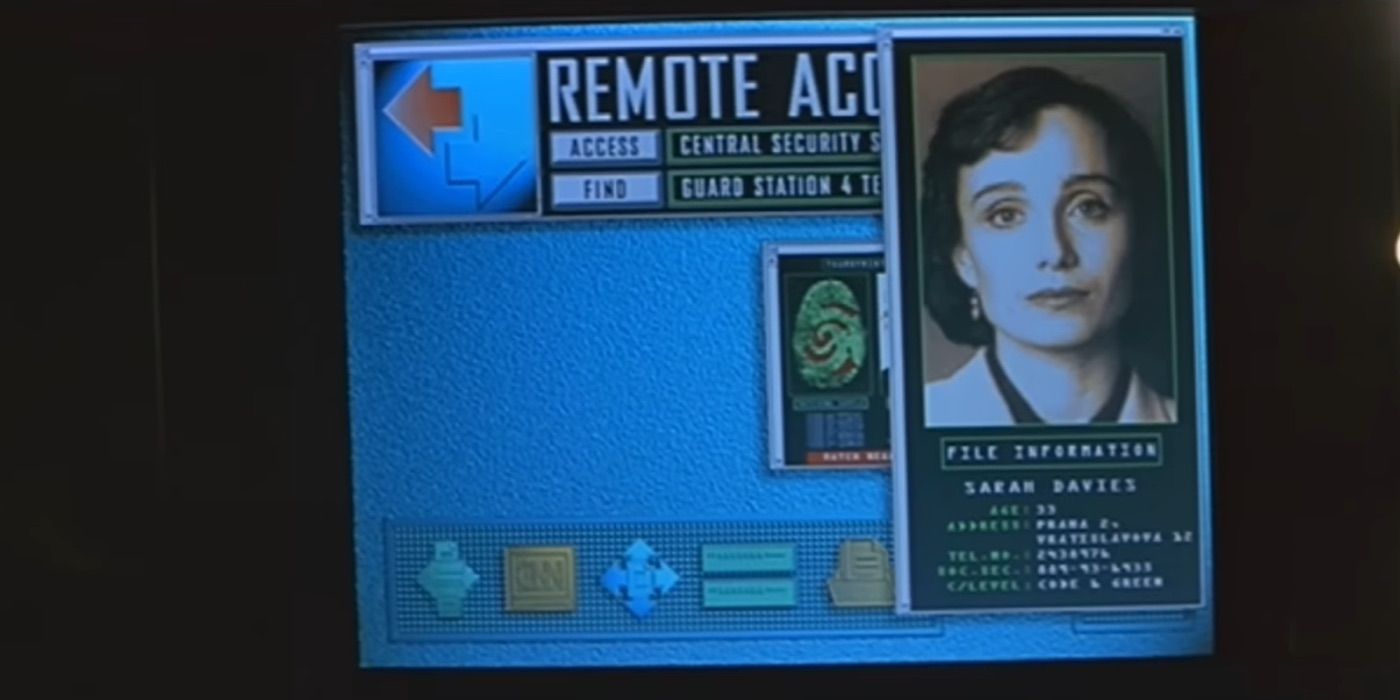
In keeping with the original TV show, Mission: Impossible is loaded with high-tech spy gadgets which border on science-fiction. Many of these aren’t necessarily meant to have any real-world equivalent, like the plastic explosive chewing gum or the glasses with cameras so small they’re practically invisible. However, there are a few moments when Mission: Impossible‘s attempts to look futuristic backfire.
There are a few moments when Mission: Impossible ‘s attempts to look futuristic backfire.
Everything seen on a computer screen in Mission: Impossible is now horribly dated. This is fine for Ethan’s email conversations with “Job” and some of the databases, since they look natural for the era. Other things, like building schematics and strange 3D models are obviously meant to look like the cutting-edge of computer science, but 3D modelling software would be functionally useless for the task at hand.
6The Plot Is A Little Too Convoluted
Some Of Ethan’s Motives Can Be Hard To Follow
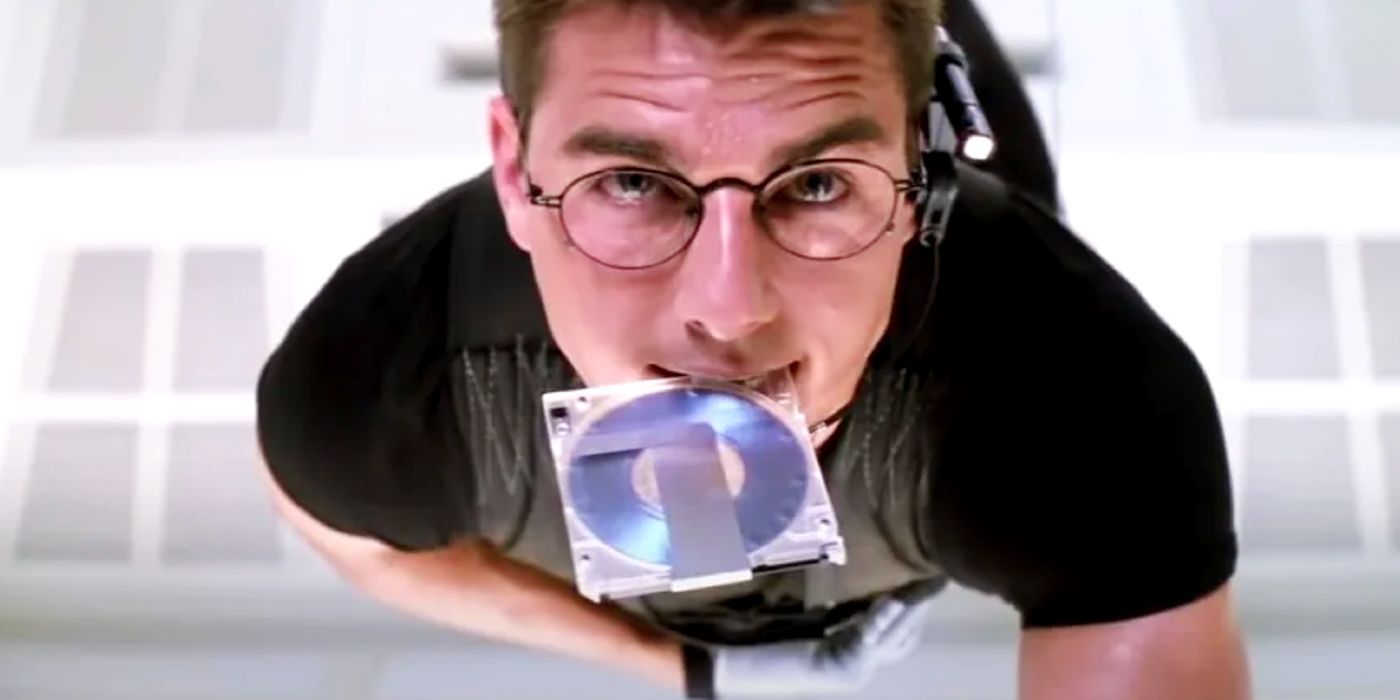
It can be a little hard to follow the narrative of Mission: Impossible at times, especially with so many characters having hidden motives. On more than one occasion, the film gives up and offers an exposition dump to bring its audience back up to speed. However, even this doesn’t always do the job. Mission: Impossible expects its audience to deal with plenty of different locations and new characters in quick succession.
Although most spy thrillers have complex plots, Mission: Impossible takes things a little too far.
Although most spy thrillers have complex plots, Mission: Impossible takes things a little too far. What could have been a fairly simple MacGuffin story features one too many head-scratching moments. The biggest sin here is that it isn’t always easy to understand Ethan’s goals and motivations. This uncertainty can sap some of the jeopardy from the action scenes, taking audiences out of the moment.
5The Twists Wear Off Quickly
Mission: Impossible Never Quite Pulls Off The Big Twist That It’s Reaching For
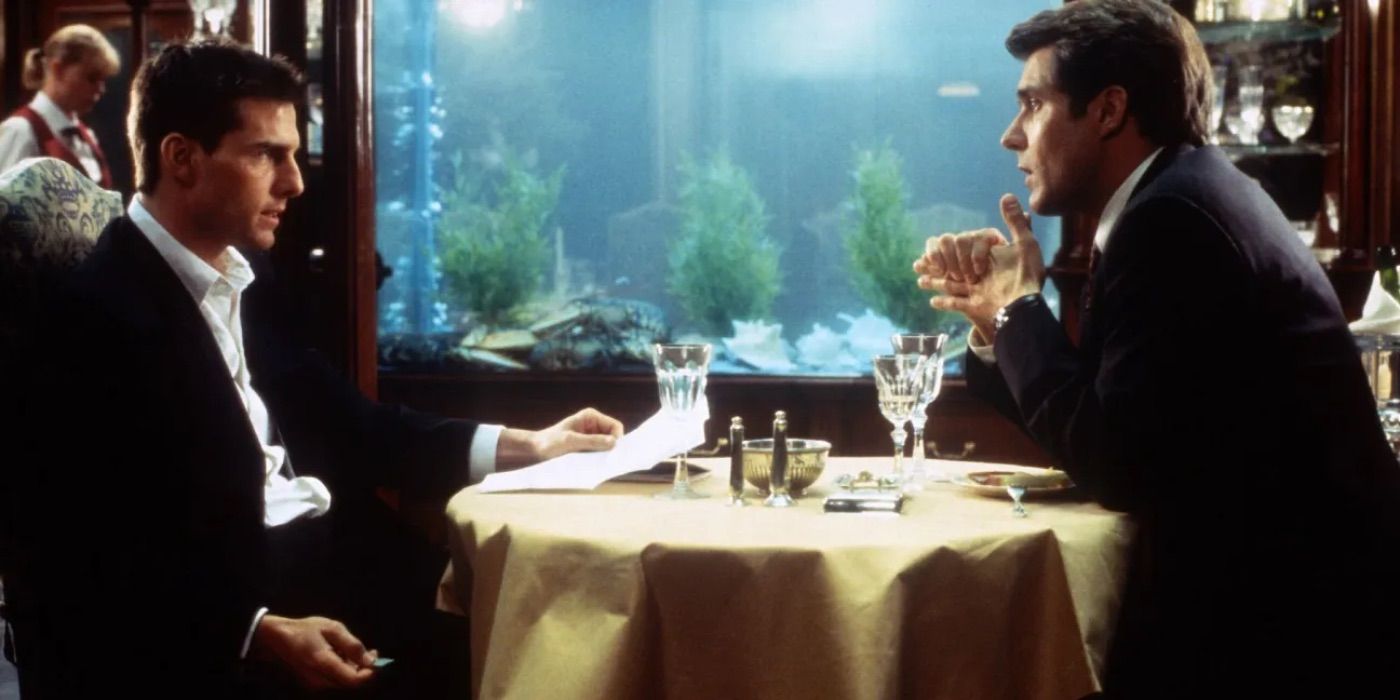
Mission: Impossible is stuffed with a dizzying number of twists, but there are so many that they get in each other’s way. From the opening scene’s mask reveal twist to the final twist with Phelps on the train, Mission: Impossible has too many plot reversals to count. Phelps, Claire and Franz are all revealed to be villains at various points. This twist has diminishing returns each time the movie attempts it.
Phelps, Claire and Franz are all revealed to be villains at various points. This twist has diminishing returns each time the movie attempts it.
By the end of the movie, there have been so many mediocre twists that there is nothing left to grab onto. Mission: Impossible sets the standard that nobody can be trusted. In the end, it’s slightly surprising that the few good guys remaining don’t start trying to kill each other. Having fewer twists would have cleaned up some of the messier parts of the narrative, all while ensuring that each remaining twist packs a punch.
4Jean Reno Is Underutilized
Franz Krieger Could Have Been The Movie’s Sole Antagonist
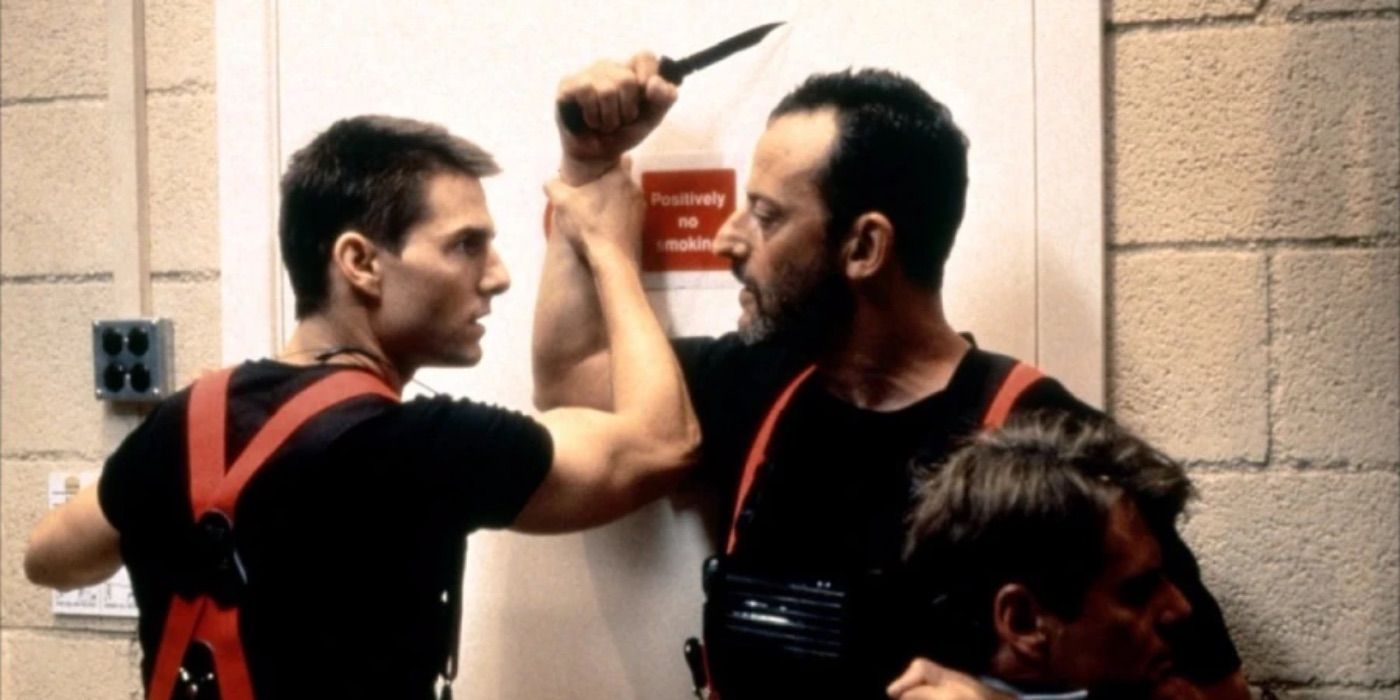
Amid Mission: Impossible‘s bloated cast, there are a few performers who manage to stand out, one of whom is Jean Reno. Although Franz Krieger only shows up around the halfway point, alongside Luther Stickell, he immediately seems more interesting than everyone else. There’s a sense of danger in his character, and he butts heads with Ethan long before his betrayal is revealed.
Jean Reno has the potential to be a great Mission: Impossible villain in a movie that doesn’t really have one.
Jean Reno has the potential to be a great Mission: Impossible villain in a movie that doesn’t really have one. Max, Phelps and Kittridge all serve as the antagonists to varying degrees, but Franz Krieger is the most compelling. He has more in common with Ethan than these other characters do, and his scenes with Ethan crackle with the kind of chemistry that’s lacking in large parts of the movie.
3Mission: Impossible Doesn’t Explore The Connection Between Ethan & Phelps
Jon Voight’s Character Has Untapped Potential
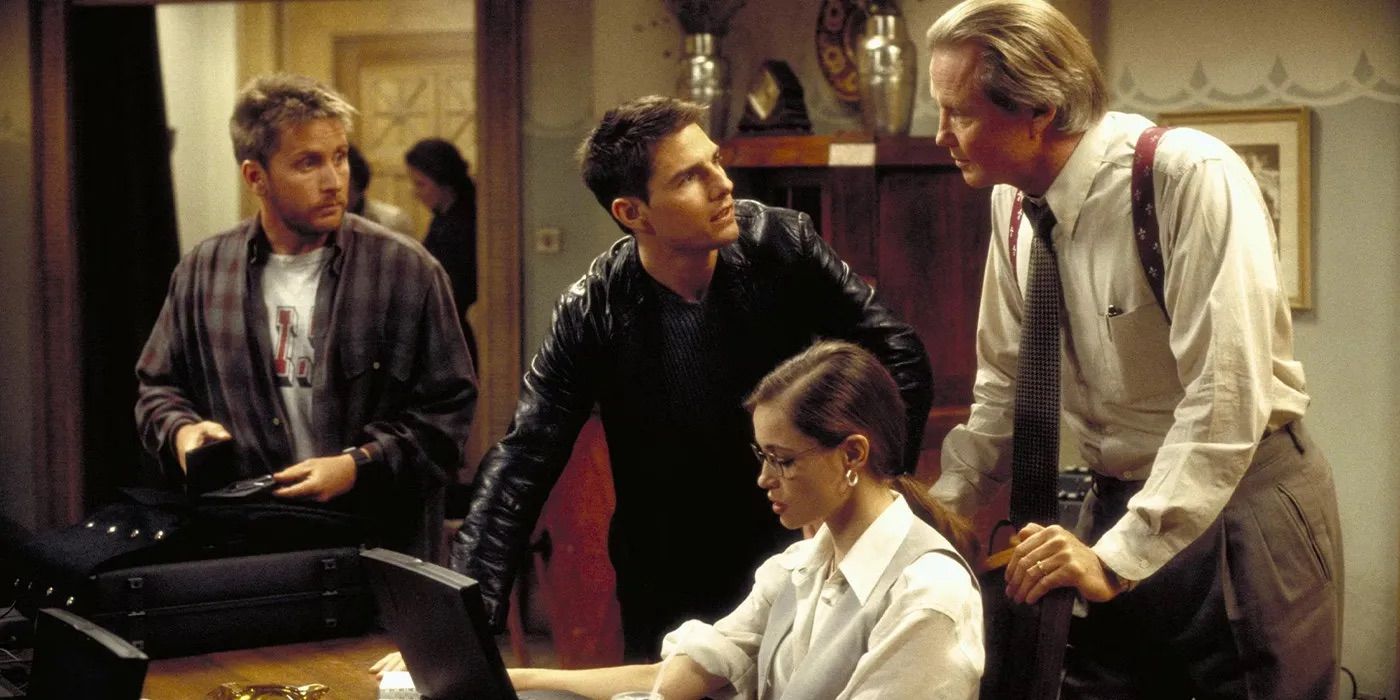
Jim Phelps was an important character in the Mission: Impossible TV series, so it was a bold choice to make him a villain for the movie adaptation. He is initially introduced as Ethan’s mentor, although he later fakes his death and betrays him. This sets up a fascinating potential dynamic between the two men, but Mission: Impossible doesn’t dig into the way that this impacts Ethan.
Mission: Impossible wastes the potential of an interesting dynamic between Ethan and his former idol.
Aside from a strange dream sequence in which Ethan envisions a bloodied Phelps stumbling toward him, there’s very little in Mission: Impossible to suggest that Ethan is particularly rocked by Phelps’ supposed death. The urgency of his circumstances never allows him much time to reflect, and when Phelps does finally reappear in London, Ethan immediately susses out his true intentions. Mission: Impossible wastes the potential of an interesting dynamic between Ethan and his former idol
2The Climactic Helicopter Sequence Is A Step Too Far
Mission: Impossible Loses Its Credibility At The End
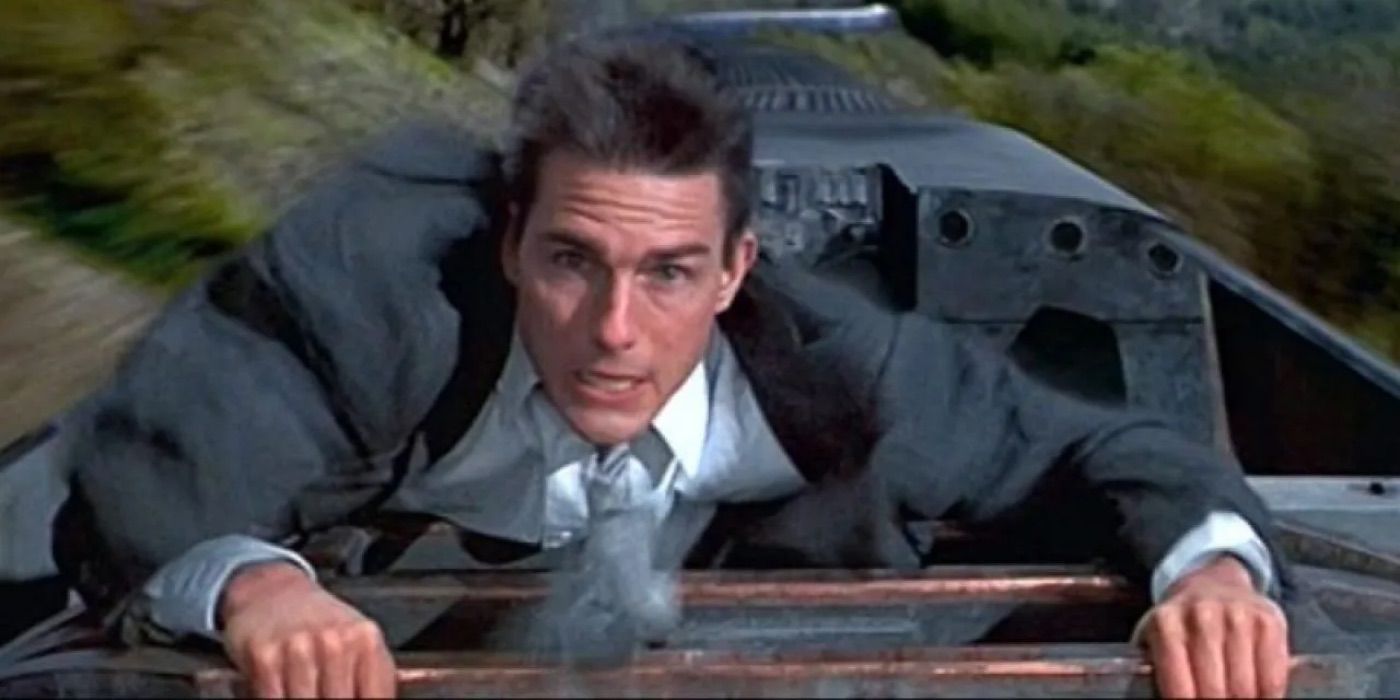
Aside from some explosive chewing gum, the first Mission: Impossible movie is reasonably realistic. However, the suspension of disbelief all but shatters the moment that Franz’s helicopter barrels into the train tunnel in the movie’s climactic chase sequence. Some sketchy visual effects don’t help matters, but the entire premise of the scene is far wilder than the tone set by the preceding 90 minutes of the movie.
The suspension of disbelief all but shatters the moment that Franz’s helicopter barrels into the train tunnel.
Perhaps the standard of action scenes in the Mission: Impossible franchise is so high that looking back on the first movie’s finale feels disappointing. This wouldn’t be the only way that the success of the franchise has made the first movie appear to be a little underwhelming by comparison. There are still moments in the helicopter sequence which work well, like when Franz decides his only option is to swoop into the tunnel, but the whole scene is detached from the action inside the train.
1Mission: Impossible Peaks Too Early
The Helicopter Chase Isn’t As Exciting As The Langley Heist
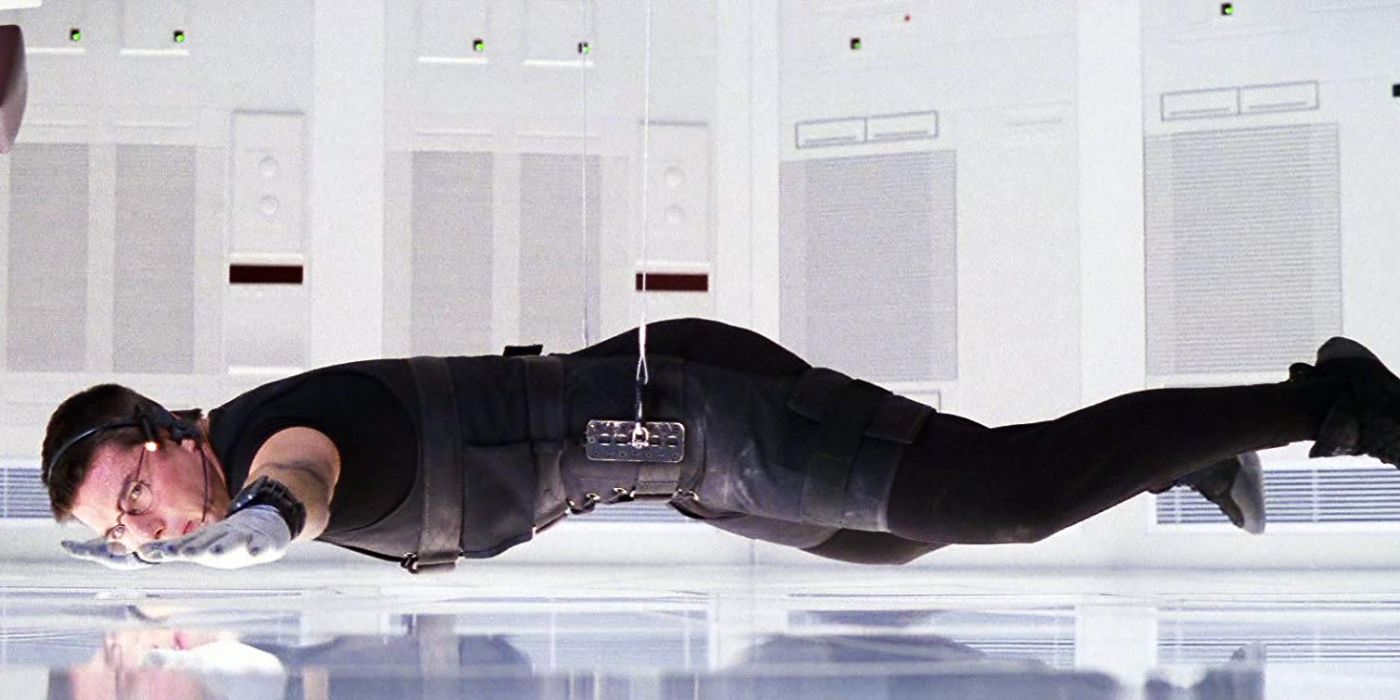
For all its flaws, the first Mission: Impossible movie delivers one of the franchise’s greatest scenes of all. The Langley heist is tense and exciting, and it is paced to perfection. While Mission: Impossible can be overly complicated at times, this scene works so well because of its simplicity. The stakes and the motives are clear, and this allows Brian De Palma to take his time orchestrating a heart-pounding heist.
The heist scene at Langley feels climactic enough to end the movie, but it’s merely the midpoint.
The heist scene at Langley feels climactic enough to end the movie, but it’s merely the midpoint. In true Mission: Impossible style, the movie ends with a massive action sequence instead. Although there’s a flaming helicopter tumbling through a railway tunnel, it still doesn’t feel as exciting as the heist. Mission: Impossible puts its best scene in the middle, and it takes a while for the story to recover its pace after Ethan and his team travel to London.
